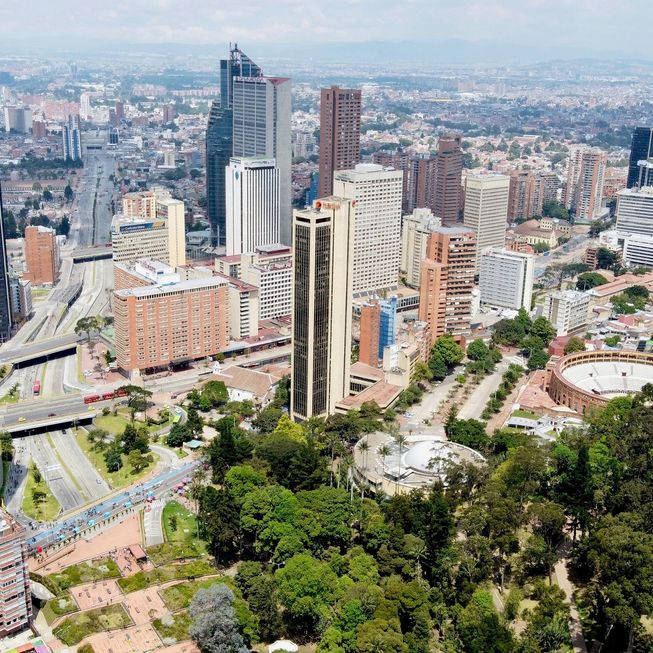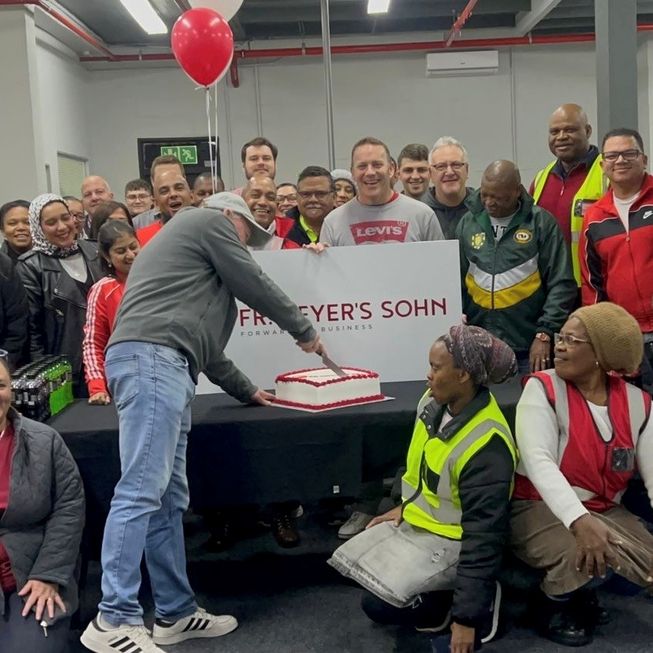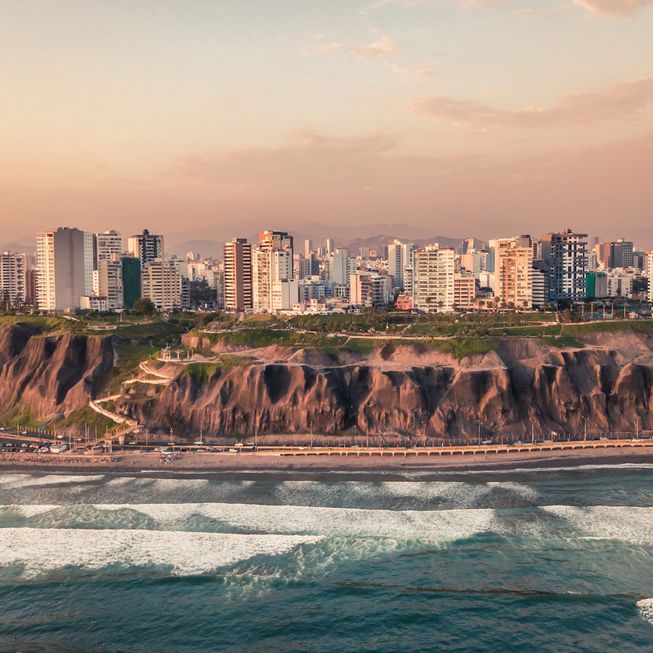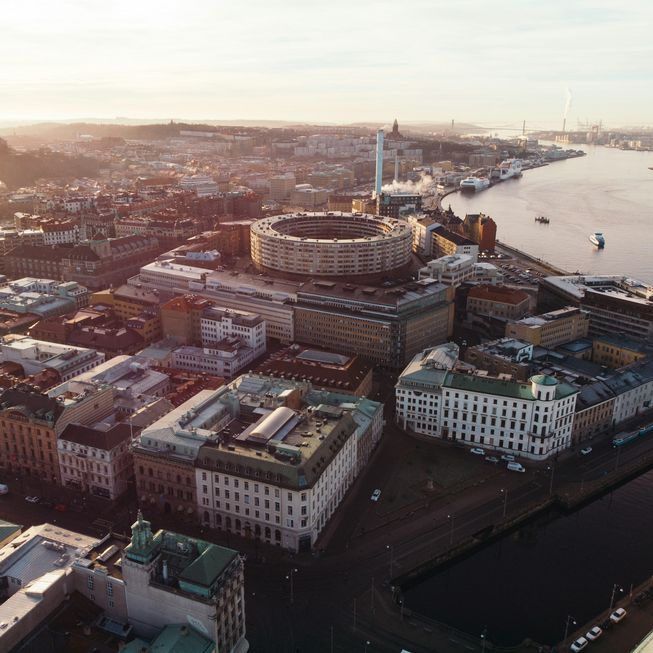Währung: Euro
Vorwahl: +49
Größe: 357.375,62 km²
Population: 81.900.000
Bevölkerungsdichte: 229 Einwohner pro km²
1. Gibt es typische Begrüßungsrituale?
Zuerst wird immer die ranghöchste Person begrüßt, unabhängig vom Geschlecht. Blickkontakt, ein freundliches Lächeln und ein kurzer Handschlag zur Begrüßung. Geschüttelt wird die Hand dabei nicht. Vor allem aber die Stärke des Handschlags ist von Bedeutung, sie strahlt Freude, Optimismus, Kompetenz und Selbstbewusstsein aus.
2. Welche Business-Regeln gilt es einzuhalten?
Pünktlichkeit. Der Deutsche legt generell und insbesondere im Business-Leben Wert auf pünktliches Erscheinen.
Auch die Kleidung hat in Deutschland einen hohen Stellenwert. Männer tragen meist Anzug. Hierbei sollte auf Qualität und Zurückhaltung geachtet werden. In Deutschland wird sich im Business-Leben gesiezt, egal ob Kollege, Kunde oder Partner. Nur der Ranghöhere kann das Du anbieten.
Im Meeting übergibt der Besucher als Erster seine Karte. Dabei wird die Karte kurz angeschaut und danach sorgfältig zu den eigenen Unterlagen gelegt.
3. Welche Vorurteile gibt es und welche davon stimmen tatsächlich?
Pünktlichkeit ist ein typisch deutsches Vorurteil und stimmt tatsächlich. Zusätzlich lieben Deutsche Regeln. Ein Irrglaube ist jedoch, dass Deutsche täglich Lederhosen oder Dirndl tragen, diese werden traditionell in Bayern und insbesondere zur Oktoberfest-Zeit getragen.
4. Über welche Themen wird beim Smalltalk gesprochen?
Der Smalltalk sollte nur positiv sein und meist wenig privat. Klassische Themen sind: das Wetter, aktuelle Veranstaltungen, Essen/Trinken sowie Sport.
5. Welche Commodities spielen im Land eine wichtige Rolle und in welche Länder wird größtenteils exportiert/importiert?
a. Export:
Kraftfahrzeuge und -teile, Maschinen/Anlagen sowie chemische Erzeugnisse
Nach: Frankreich, USA, Großbritannien und die Niederlande sowie China
b. Import:
Energie, Fertigwaren, Halbwaren, Rohstoffe, Nahrungsmittel
Aus: Russland, Niederlande, China und Frankreich sowie USA und Italien
6. Welche besonderen Hindernisse/Schwierigkeiten gibt es in der Logistik vor Ort?
Laut einer Mitgliederbefragung der Bundesvereinigung Logistik (BVL), sehen die Befragten die Komplexität als ernsthaftes Performance-Hindernis.












